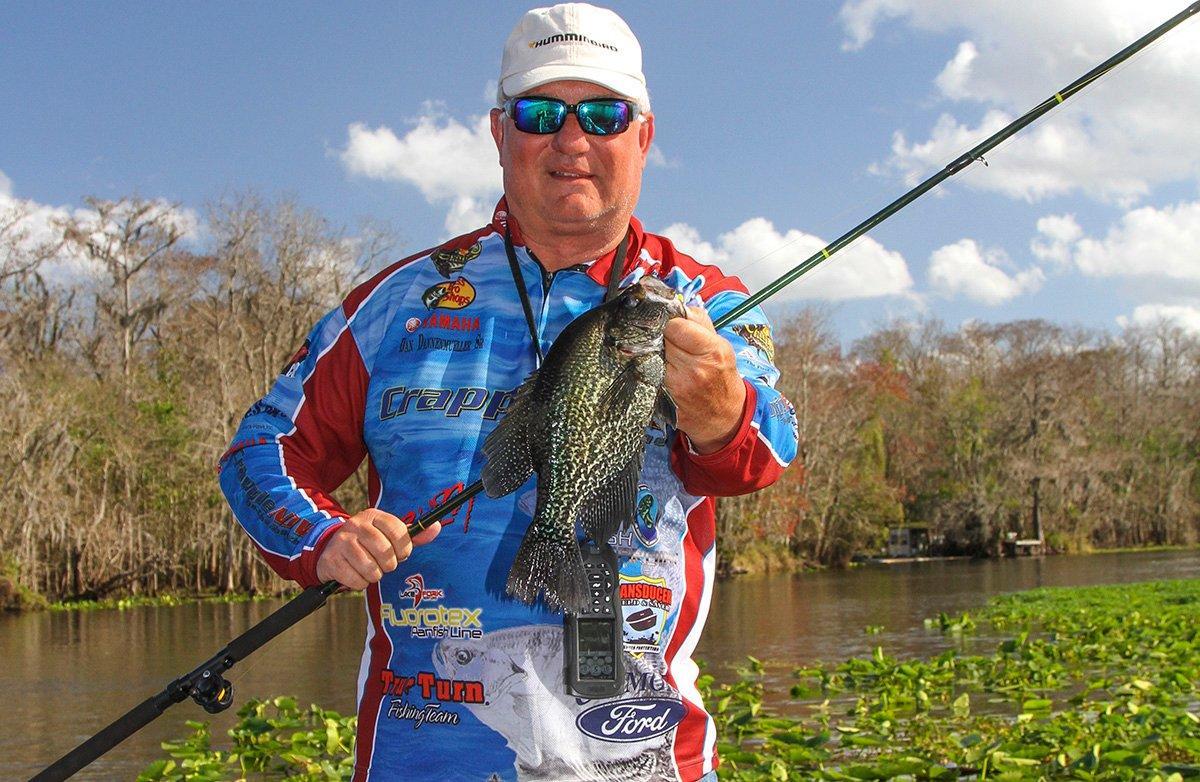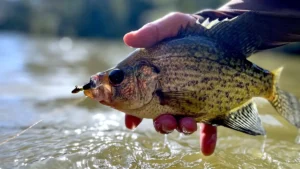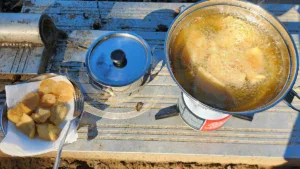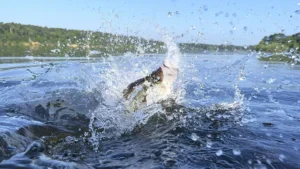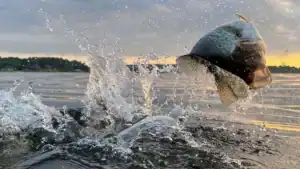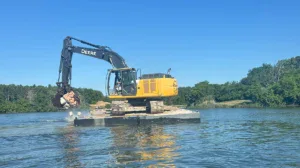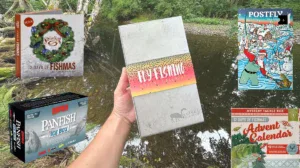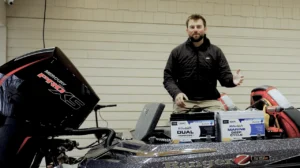No doubt, pad fields make cozy maternity wards for crappie, but they also off dandy summer vacation spots for anglers wanting to fish for crappie out of shallow cover. Dressed with all the essentials to keep the freckled fish happy, your lily pads, spatterdock and American lotus offer loads of dog days opportunity.
Realistically, tournament pro Matt Morgan expects to find the fish utilizing this habitat throughout much of the year, until cold weather kills the pads. Dying vegetation emits carbon dioxide and repels the fish, but during its vibrant stage, a pad field offers attractive crappie cover.
“People often think of pads only as spawning areas, but there are times when crappie will come out of that deep water in the summertime and use those pads,” Morgan said. “The number one reason is that the vegetation is producing oxygen, which provide the crappie that shady comfort zone where they can feed.”
Crappie positioning
Finding the fish within a large expanse of pads starts with the realization that crappie are unlikely to spread across a broad area.
“I’ve found that very rarely will yo see a long stretch of pads and catch fish right in the middle of it,” Morgan said. “Most of the time, they’re relating to one end or the other and from the outside in. They may be relating right to the edge of those pads, but there may be times when they might be relating 3-7 feet in.
“Once you determine where the crappie are holding, that will remain consistent throughout the pad bed.”
With a forest of stems nullifying side imaging sonar efforts, dialing in the crappie zone is a matter of trial and error. You just have to go fishing and find where they’re biting. You can, however, increase your chances by narrowing the search area to zones of higher probability.
Crappie pro Dan Dannenmueller starts with points, breaks and thick isolated pad clumps always. He’s particularly interested in pads near a creek channel or any drop off, as this provides the fish quick access to deeper water and increases the likelihood of the spot reloading.
Morgan also looks for blended habitat, such as duck weed or gator grass growing amid the pads. This additional cover adds more shade and puts the fish more at ease.
“The best thing you could find is that mix of vegetation in conjunction with some type of eddy,” Morgan said. “I look for a current break like sand bar because it produces slack water and baitfish will hold there in big numbers.”
Recommended tackle
For simplicity, Morgan said the same 10-foot B&M Rods BGJP spinning outfit and 15-pound braid he’d use for trolling also works fine in the pads. If you’re limited on tackle, a couple of these versatile packages will serve you well.
However, for optimal pad performance, Morgan likes an 11-foot B&M Rods rear reel seat jig pole with a size 4-5 Daiwa fly reel, which balances the rod well and offers large spool capacity. Morgan spools with 20-pound mono backing and tops that with 15-pound braid.
For maximum sensitivity and strike detection, Dannenmueller likes to keep a finger on the blank to feel the lightest of bites.
Best baits for lily pad crappie
For most of his pad field exploits, Morgan drops a Rockport Rattler Jig Head with either a Midsouth Tube or a Muddy Water Baits carrot style body. In moderate to sparse pads, he’ll use a 1/16-ounce jig for optimal sensitivity. In thick stuff or deeper water, an 1/8-ounce jig helps get the bait down.
“I’ll also go with the 1/8-ounce jig on windy days because a 1/16 blows in the wind too much to hit a hole,” Morgan said.
Morgan never uses minnows in the pads because live bait is too hard to keep alive and hold on the hook when bumping through pads. However, when he thinks the fish need a little extra flash and thump, he’ll use a 1/16-ounce Road Runner, as it’s underspin provides a fish-tempting minnow look.
Of the constant pad tangling hazard, Morgan says this: “The harder you set the hook, the more likely that fish is going to come out of that vegetation. Set the hook hard and set it fast. Don’t ease into a hook set. You do that and 9 out of 10 times, you’ll hook him in the hard part of the mouth, and he’s coming out of there.”
Traveling with long crappie rods
Crappie rods are a lot longer than bass rods, so just laying them on the deck is much more cumbersome, while stacking them next to the passenger side seat can create a jumbled mess. Crappie pro Bart Gillon invented the Rod-Safe (www.rod-safe.com), which holds a full complement of eight rods in a lockable, elevated horizontal rack.
Dannenmueller uses a similar product — the Driftmaster Rod Locker, which he says offers an appreciable combination of security, convenience and tackle maintenance.
“This system is very helpful for keeping your rods in order,” Dannenmueller said. “Also it keeps the rods elevated and protects them from accidental damage if someone were to step on a rod.”
